I love this Khitchdi so much I now only make it with quinoa and not rice. The health benefits of quinoa are immense- low glycemic especially when compared to white rice, high in protein and fibre and a delicious nutty flavour and texture. You can add a variety of vegetables to this dish. I generally make it with leftover veggies to empty out the fridge. Serve it with homemade yogurt, some roasted papads and if you’re allowing yourself an indulgence a nice sweet and spicy pickle. This dish satisfies your tastes buds, nutritional needs, time constraints and truth be told quells my cravings for dessert after!
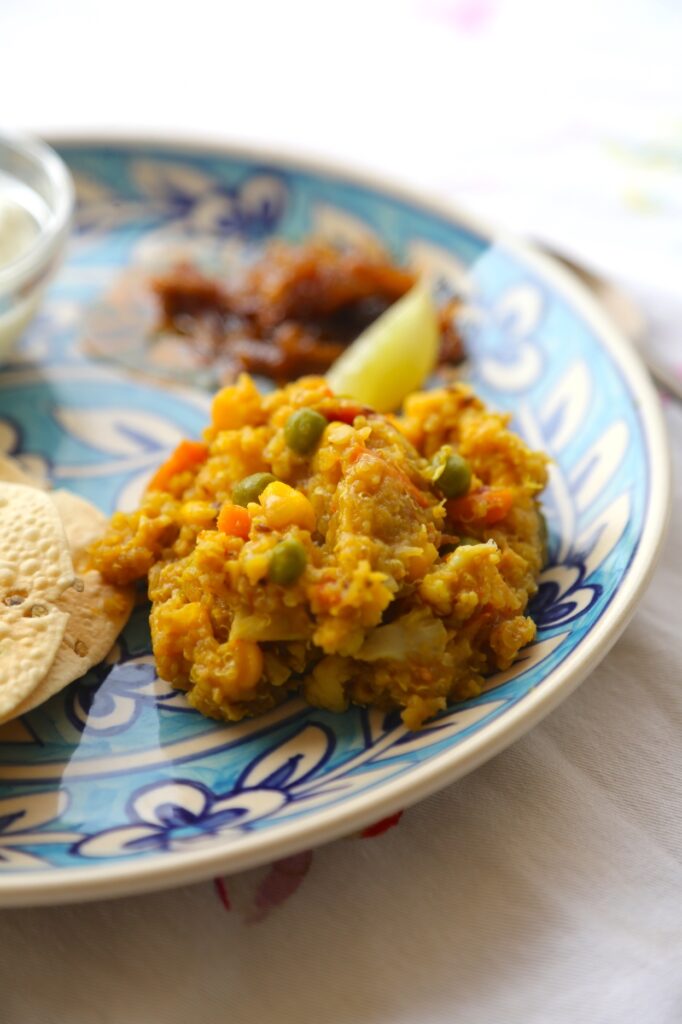
Ingredients Serves 3-4
50 grams white quinoa washed and soaked
50 grams moong dal or yellow mung beans washed and soaked
50 grams lal masoor or red lentil washed and soaked
2 tbspns vegetable oil
1 tbspns ghee or vegetable oil
1 dried bay leaf
1 inch piece of cinnamon
2 green cardamom
1 black cardamom
4 whole cloves
4 whole peppercorns
1 teaspoon cumin seeds
75 grams finely chopped red onion
150 grams chopped plum tomatoes
1 heaped teaspoon garlic and ginger paste
3/4 tsp turmeric powder
1 teaspoon fresh good quality garam masala
2 whole Indian green chillies or jalapeños stalks removed
100 grams cauliflower florets about 3/4 inch pieces
50 grams carrots diced
50 grams of shelled corn
50 grams shelled green peas
lime wedges and cilantro/coriander leaves to garnish
jaggery and salt to taste
yogurt, pickle and roasted papad as accompaniments

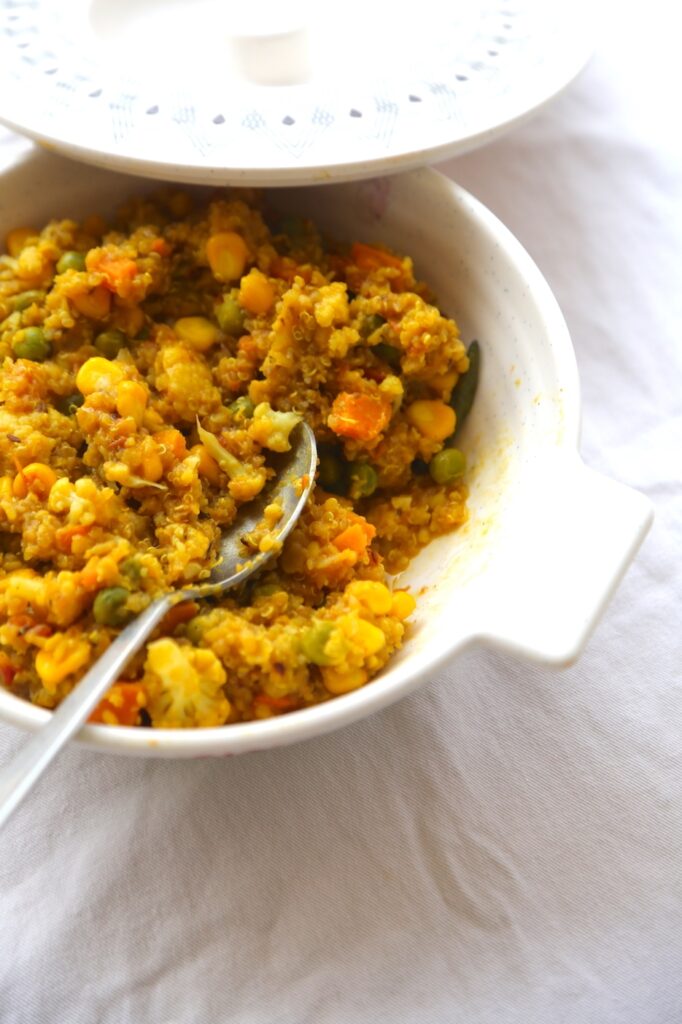
METHOD
Drain both the lentils and quinoa in a sieve and reserve.
Heat ghee and oil in a pressure cooker or Dutch oven on high heat and add green and black cardamom, cinnamon stick, cloves, peppercorns and bay leaf and sauce 1 minute until fragrant. With slotted spoon remove all the spices except bay leaf and discard. Now add the cumin and cook one minute till it sizzles.
Add onions and saute till soft. Add tomatoes and a teaspoon of salt and cook 3-4 minutes until tomatoes are soft, pulpy and begin to release oil. Add the garlic and ginger and cook 1-2 minutes stirring to prevent burning.
Add lentils, quinoa, garam masala and turmeric and saute 2 minutes. Add enough hot water to cover the lentils and cook 5 minutes on high until it begins to dry.
Stir in veggies, jaggery, 1/2 teaspoon salt and enough water to cover the veggies. Close the pressure cooker, lower heat to medium and cook for 1 whistle or until tender and ready to eat.
Release steam and open cooker. If veggies are still firm and another cup of hot water and pressure cook until tender.
Add more salt, jaggery to taste.
Squeeze lime juice just before you serve the khitchdi.
Garnish with chopped coriander leaves .
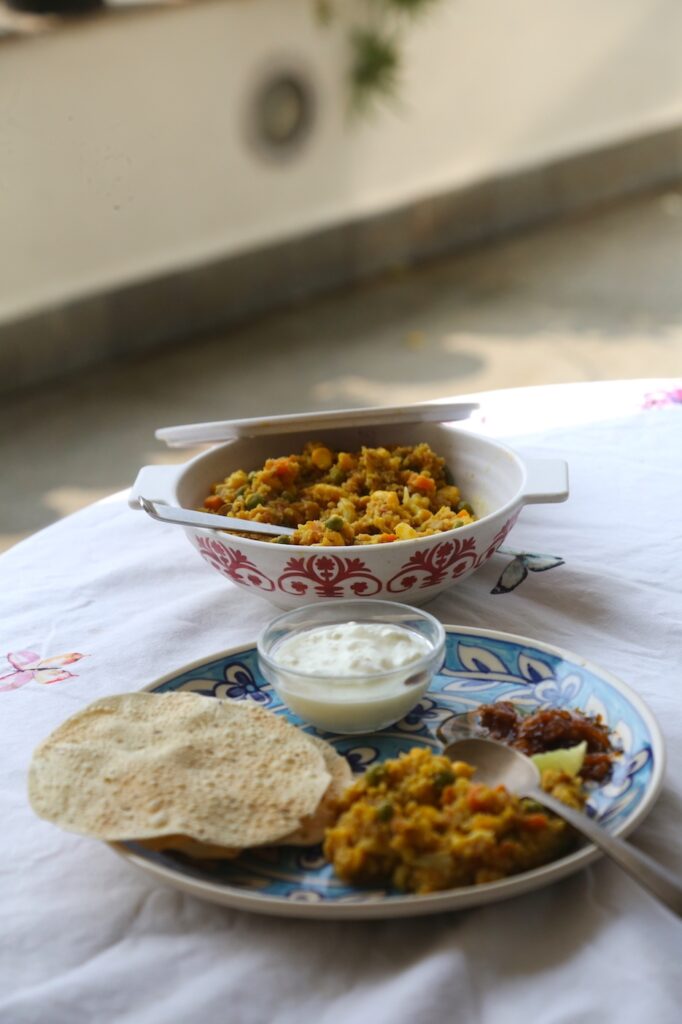
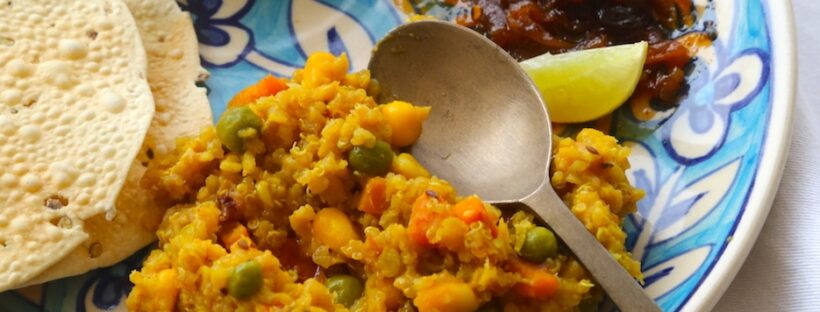

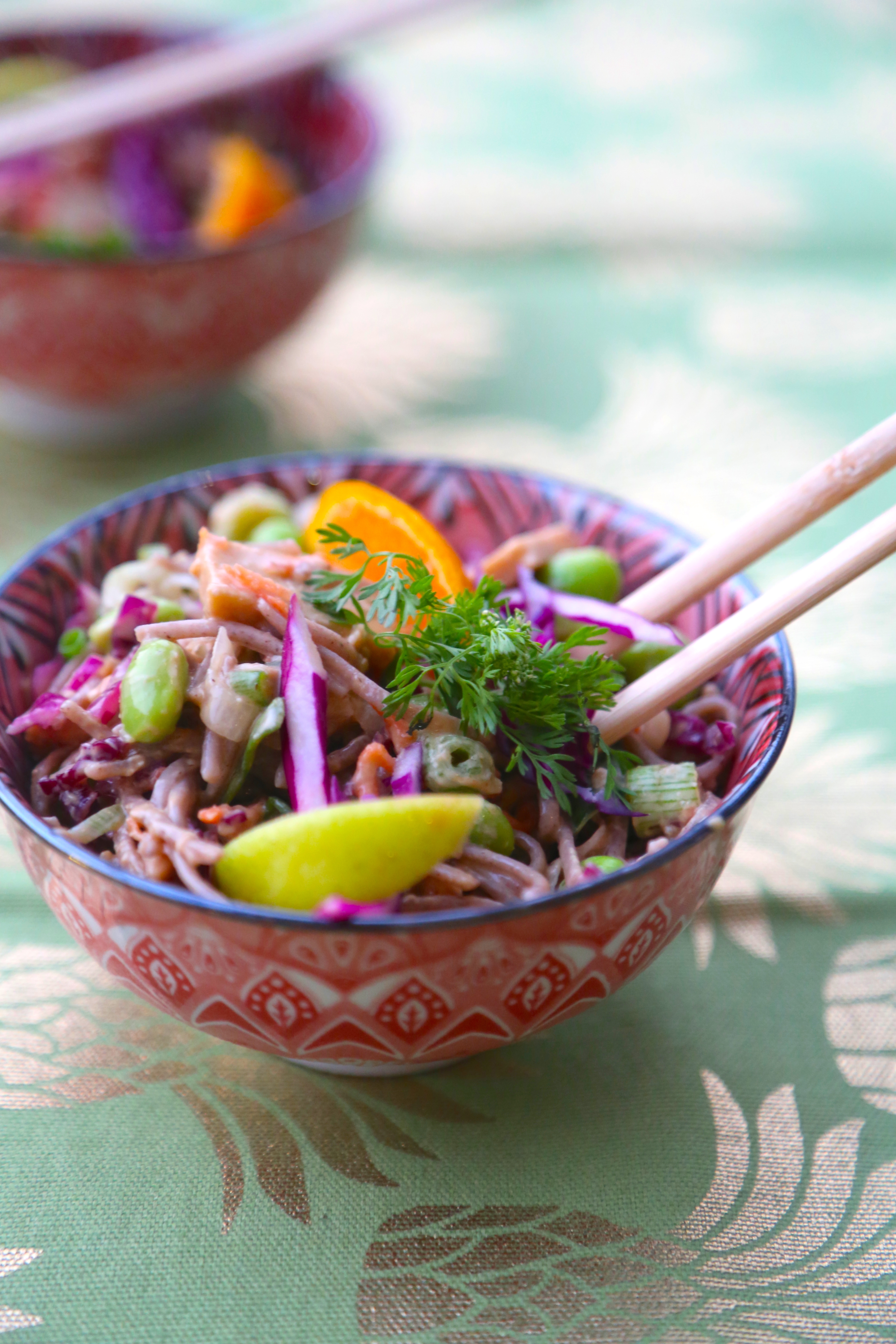
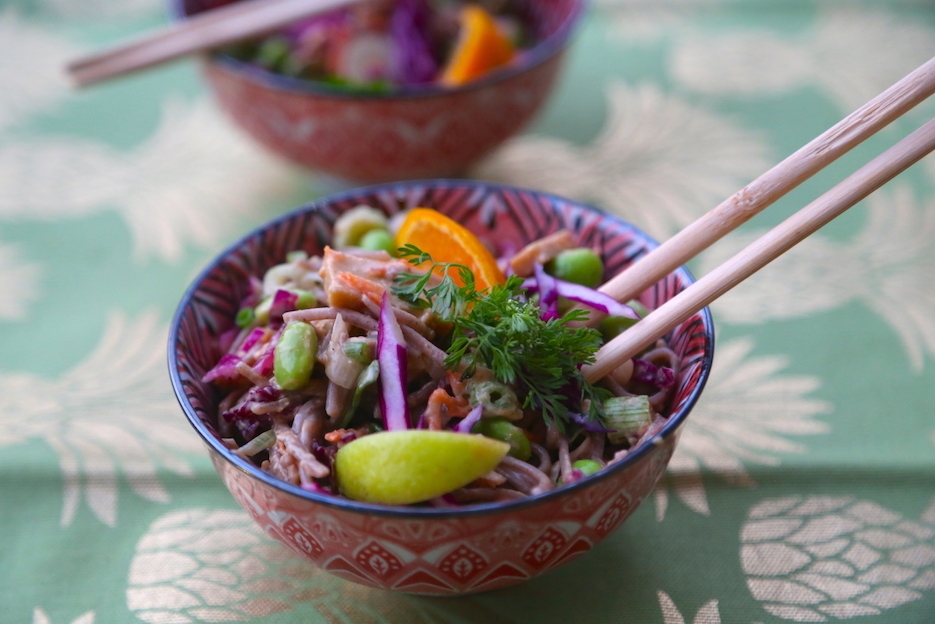

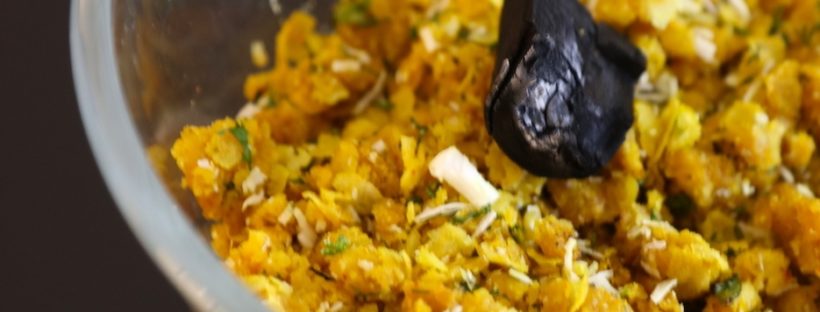
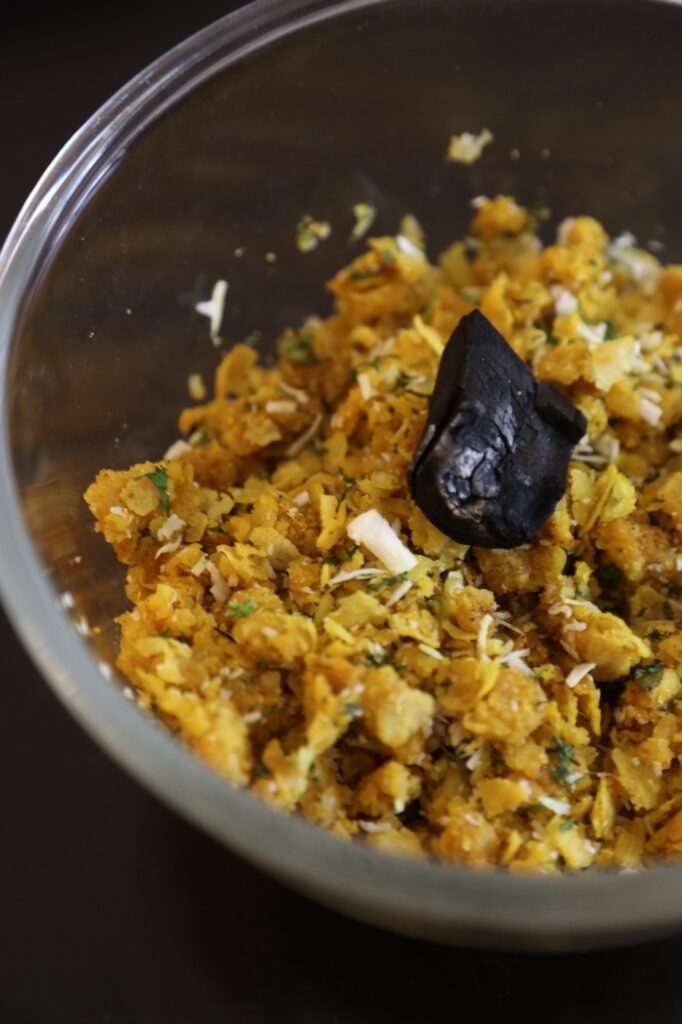
You must be logged in to post a comment.